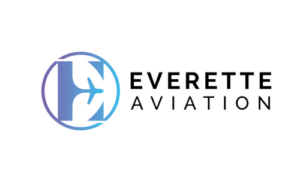The global helicopter market has experienced steady growth over the years. Factors such as increased demand for helicopters in various sectors, including oil and gas, search and rescue, medical services, and tourism, have contributed to this growth. The market size is influenced by both civil and military segments.
The helicopter market can be divided into civil and military segments. Civil helicopters are used for purposes such as transportation, tourism, and emergency medical services, while military helicopters serve various roles, including troop transport, reconnaissance, and attack. Both segments contribute significantly to the market.

Major helicopter manufacturers and suppliers include Airbus Helicopters, Bell, Sikorsky (a subsidiary of Lockheed Martin), Leonardo, and Russian Helicopters. These companies compete globally and offer a wide range of helicopter models for different purposes.
The helicopter market has seen growth in emerging markets, particularly in Asia-Pacific and Latin America. Increased urbanization, offshore oil exploration, and the expansion of tourism industries have driven demand in these regions.
Advancements in helicopter technology have led to the development of more efficient and capable helicopters. This includes improvements in fuel efficiency, safety features, and avionics systems. Electric and hybrid-electric helicopter technologies are also being explored to reduce environmental impact.
Like the broader aviation industry, the helicopter market faces increasing pressure to reduce its environmental footprint. Manufacturers are working on developing more fuel-efficient and environmentally friendly helicopters to meet stricter emission regulations.
The helicopter market can be sensitive to economic downturns and fluctuations in oil prices, as these factors affect demand, particularly in industries like offshore oil and gas. Additionally, regulatory and safety compliance remains a significant challenge for operators.
The concept of UAM, involving the use of helicopters and other vertical takeoff and landing (VTOL) aircraft for urban transportation, is gaining attention. Companies are exploring the potential for air taxis and on-demand helicopter services in urban areas, which could transform the industry.
The COVID-19 pandemic had a significant impact on the helicopter market, particularly in sectors like tourism and offshore oil and gas, which experienced reduced demand. However, medical and emergency services continued to rely on helicopters during the crisis.
The helicopter market is expected to continue growing, driven by demand for various applications, technological advancements, and the exploration of new markets such as UAM. However, market dynamics can change, so staying informed about the latest developments is crucial for industry stakeholders.







